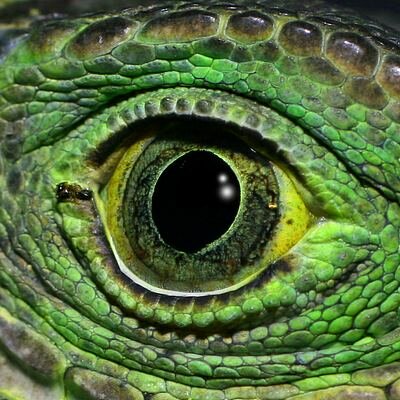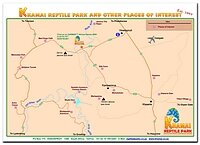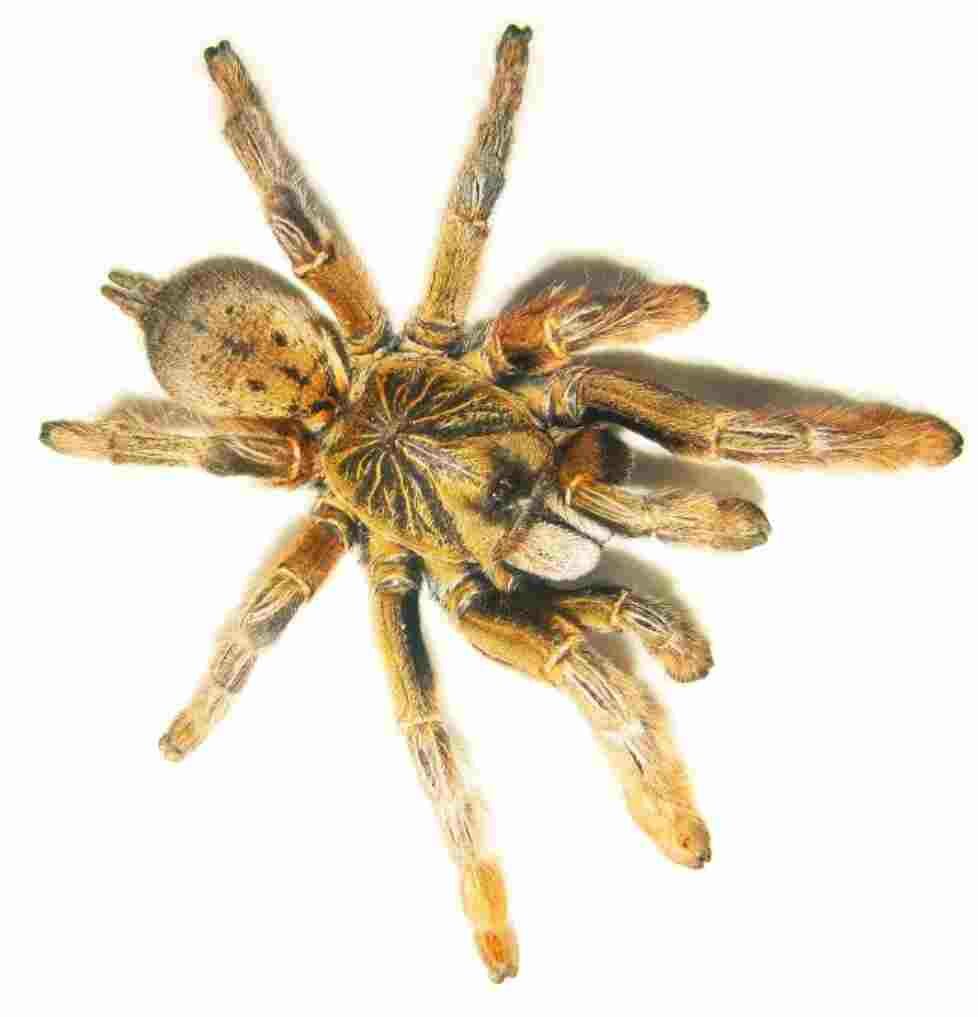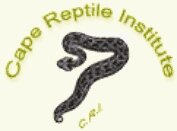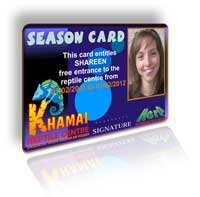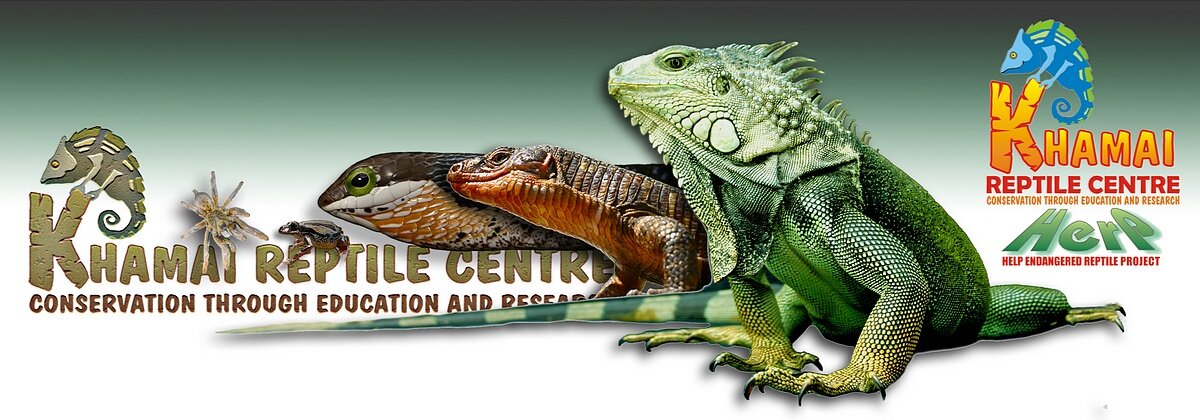
Snake-bite First Aid
|
|
VENOM |
FANGS |
SNAKE |
|
Cytotoxic Cell destroying |
Front Hinged |
Most ADDERS |
|
Neurotoxic Nerve affecting |
Front Fixed |
Most COBRAS & MAMBAS |
|
Haemotoxic Blood affecting |
Back Fixed |
BOOMSLANG & TWIG SNAKE |
TREATMENT
The following steps are intended as an emergency guide to the treatment of snake-bite and can be applied to all types of snake venoms.
WHAT TO DO!
- Apply pressure by pressing with the palm of your hand over the bite punctures.
A tourniquet can be used in the event of a positive identification of both Black Mamba and Cape Cobra. One must apply this tightly enough to stop the blood flow through the affected area. Positioned between the heart and the bite itself applied around a muscle rather than a joint of the body. Leave this in position for no longer than thirty minutes after which one must relieve pressure for about ten second then once more tighten the tourniquet. (A tourniquet is of no use two hours of been bitten)
- Find a crêpe bandage, if one is not available then use your clothing torn into strips. Apply the bandage over the whole limb, in other words if you were bitten on the hand then apply the bandage from the shoulder wrapped around the arm towards the hand.
- Make sure that you are able to still force your finger under the crêpe bandage this ensures that it is not applied too tightly.
- If the arm swells, then undo the bandage so that you are again able to force your finger under it.
- If necessary apply artificial respiration and/or heart massage. An artificial breathing device such as an ambu bag (mechanical breathing assistance device) can be a major help with this especially in the event of neurotoxic envenomation.
- Get to a doctor as quickly but as restfully as possible. Carry the person if possible otherwise walk rest, walk rest your way to help.
WHAT NOT TO DO!
- Never cut, suck and tie off the blood using a tourniquet. (A tourniquet is only used in the event of a positive identification of both Black Mamba and Cape Cobra)
- Don't run or exert yourself if bitten.
- Don't ever try and catch the snake for identification. (You may be bitten again) A doctor will be able to treat you by looking at the symptoms.
- Don't use serum, this is left to the doctors discretion.
- To drink alcohol can be dangerous, it interferes with your logic and also increases the bodies metabolism as well as decreases your resistance.
- Don't use home remedies as there are none that work effectively enough to save a life and most could be dangerous.
NOTE
The crêpe bandage mentioned in "What to do" for snake-bite works by firstly compacting the lymphatic tissues and thereby slowing down the spread of venom without stopping any blood flow. By doing this a small percentage of venom is going to be absorbed by the lymph glands, fatty tissue and interstitial layers so rendering it neutral. This compacting of tissue also keeps tissue cells together for a little longer which is vital in the case of a cytotoxic bite. (Cytotoxins destroy tissue and blood cells)
CONCLUSION
There are two very important reasons why we should not kill a snake. The first is that a snake is useful, a single specimen is responsible for eating about three thousand rodents in its lifetime. The second reason for not killing a snake is for our own safety. You can think for yourselves that if you kill a snake it has to defend itself and this is to bite. So leave a snake alone and it will leave us alone.
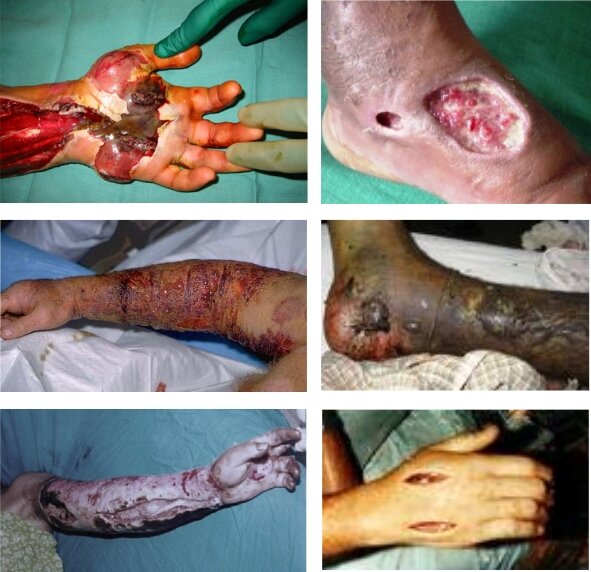
|
CLICK TO ADD US TO YOUR FAVORITES
|
|
|
|
|
|
Think About It .....
Click here Go directly to |

Click the following
LINKS
list on



Khamai Reptile Centre • • HOEDSPRUIT • • Tel /Fax: • Tel: • Mobile: • Email:
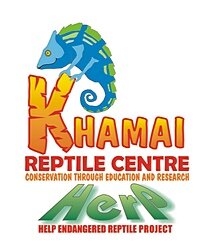
 © Copyright Khamai Reptile Centre, 2009. All Rights Reserved.
© Copyright Khamai Reptile Centre, 2009. All Rights Reserved.

